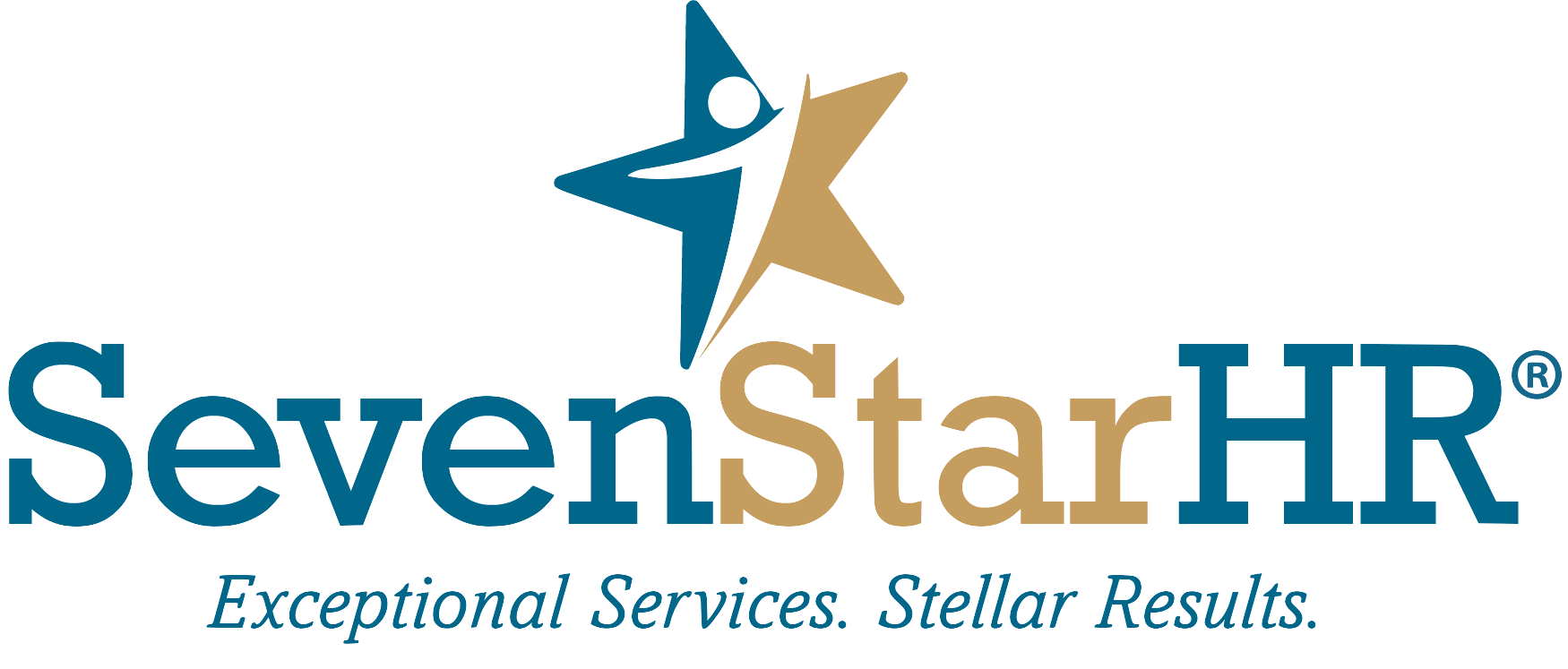Navigating the Landscape of Generative AI Policies: A Blueprint for Forward-Thinking Organizations
Generative artificial intelligence (AI) has revolutionized the way businesses operate, ushering in a new era of efficiency, creativity, and innovation. From automating routine tasks to generating novel content, the potential of generative AI seems limitless. Yet, as this technology becomes increasingly integrated into the fabric of corporate America, concerns over legal, compliance, and human resources issues have come to the forefront.
In this rapidly evolving landscape, companies are striving to strike a delicate balance between harnessing the power of generative AI and safeguarding against its potential pitfalls. Crafting an effective generative AI policy is paramount, and here are some key considerations to guide the process:
Policy Scope and Adaptation
A crucial initial step in formulating a generative AI policy involves determining its scope. Is the policy exclusively geared toward generative AI, or does it encompass all AI variants? While generative AI is a newcomer, it's important to acknowledge that many principles from traditional AI policies still hold relevance. Assessing the scope enables organizations to tailor policies to their unique AI landscape.
Equally important is the decision of whether to create a new policy or revise existing ones to accommodate generative AI. This choice is context-dependent, and there's no one-size-fits-all answer.
Alignment with Existing Policies
Generative AI's influence extends beyond its immediate applications, so in order to ensure comprehensive coverage, organizations must examine the ripple effect on other policies. Beyond outlining the permissible use of generative AI, organizations will likely need to revisit data privacy protocols, information security measures, BYOD programs, remote work policies, records retention practices, and employee handbooks. Ensuring the adaptability of these documents is pivotal for meeting the demands of this transformative technology.
In-House Deployment and Alignment with Goals
Businesses often find themselves at varying stages of AI integration across different departments. Understanding the extent to which AI, including generative AI, is already in use internally serves as a foundation for policy discussions. You’ll probably find that many of your employees are already using generative AI, and not necessarily with the company’s knowledge or permission.
Equally important is aligning AI usage with the organization's cultural values and strategic objectives. Some applications might seamlessly align with the company's ethos, while others could require careful consideration; this equilibrium defines the organization's stance on AI.
Impact on Products and Services
For companies offering products or services powered by generative AI, policy development demands a meticulous approach. Existing offerings must seamlessly conform to the policy, necessitating updates to licensing agreements and customer-facing terms. Taking a proactive approach ensures compliance and uniformity across the board.
Navigating the Legal Terrain
The increasing prevalence of generative AI introduces a host of legal considerations. Organizations must scrutinize vendor and partner practices to ensure that contracts align with generative AI use. Adhering to obligations outlined in these agreements is pivotal for maintaining compliance.
And here's the thing, the laws around AI are changing all the time. So, it’s critical that companies stay informed of these laws and regulations. For example, there's an ordinance in New York City about using AI for hiring. Staying in the loop about these laws and figuring out how to balance using AI while also staying within the legal lines is an ongoing task.
Balancing Privacy, Intellectual Property, and Security
The effectiveness of a policy hinges on its ability to safeguard sensitive data, intellectual property, and privacy. With generative AI in the mix, there's a lot to think about. Organizations need to consider how this affects their privacy and cybersecurity rules, aiming to strike a balance between innovation and responsibility.
Industry Regulations and Oversight
Industries subject to oversight and jurisdiction-specific regulations face added complexity. Such regulations can significantly shape AI policies. Legal counsel can provide guidance in interpreting these nuances, ensuring adherence to evolving regulations.
Transparency and Accountability
Promoting transparency in AI deployment is gaining momentum. Addressing the concerns of consumers and employees, incorporating transparency measures, and potentially offering opt-outs or notice and consent rights are crucial. Going beyond legal requirements can foster trust among those impacted by AI.
Enforcement and Policy Evolution
Creating a robust policy is only effective if it's enforced. Organizations must determine the level of human oversight, the extent of training required, and mechanisms for enforcement. Ensuring consistent adherence to the policy is essential.
It probably goes without saying, but generative AI policies must remain adaptable to the rapidly changing technological landscape. Regular reviews and revisions are necessary to keep pace with emerging challenges.
The exciting possibilities of Generative AI call for adaptable and flexible policies. As businesses adopt AI's potential while managing its risks, it becomes clear that creating a well-rounded generative AI policy might be tricky but is undoubtedly vital.

